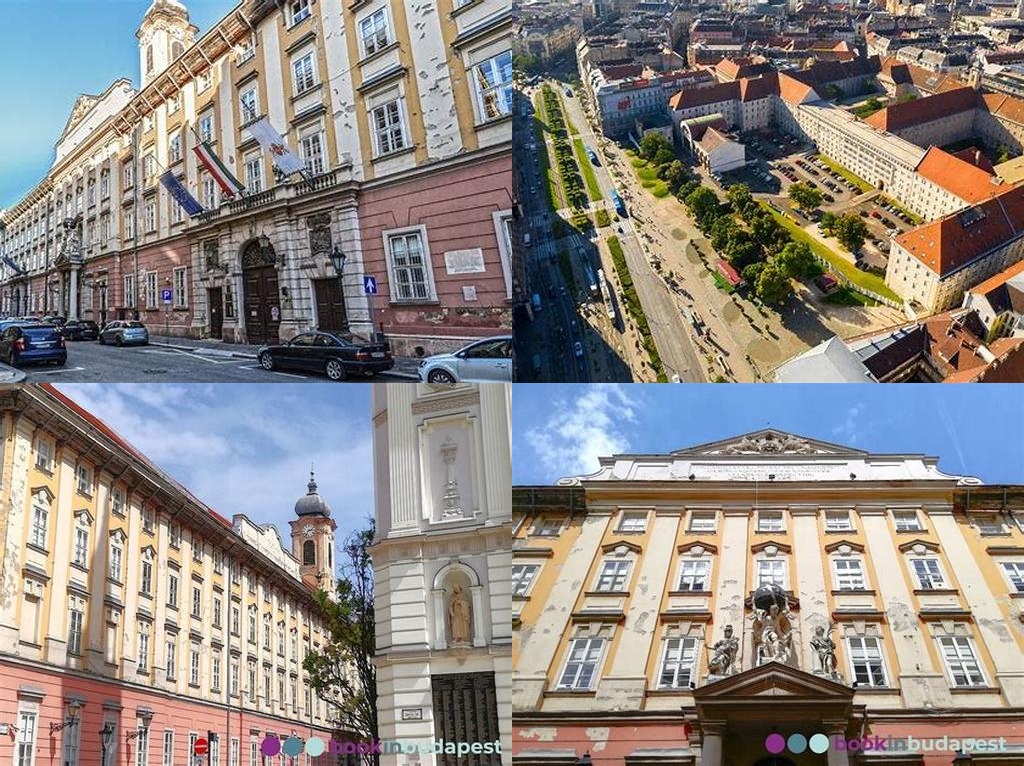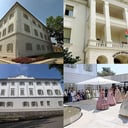
Központi Városháza isn’t the kind of city hall you just breeze past on your way to a café or museum—this historic landmark in the beating heart of Budapest invites you to stop, linger, and imagine the centuries of stories contained within its intricate walls. Tucked away on the edge of the Inner City, just a few steps from the hustle and bustle of Deák Ferenc Square, the Central Town Hall draws you in not with ostentatious grandeur, but with a quiet, enduring majesty. It’s the sort of building that looks unchanged by time, and yet its stones have witnessed revolution, war, peace, and the daily life of Budapest’s citizens through the ages.
When you first round the corner onto Városháza utca, the Town Hall greets you with a playful jumble of architectural motifs. The core of the building dates all the way back to the early 18th century—in fact, construction commenced in 1715 under the supervision of none other than the celebrated architect Fischer von Erlach. At a time when the city was dusting itself off after the long years of Ottoman occupation, a grand city hall was a powerful symbol of civic renewal. Yet the building didn’t spring to life all at once; baroque flourishes gave way to later neoclassical elements, which were then layered with Romantic and Eclectic touches. Walk its exterior and you’ll spot everything from subtly stenciled cornices to imposing, fortress-like stonework—a testament to the ambitions (and, sometimes, the anxieties) of those who ruled the city.
It’s not just the architecture that’s compelling. The Központi Városháza has always been more than a seat of bureaucracy; it’s a place where some of the most dramatic chapters of Hungarian history unfolded. During the Revolutions of 1848, when young Hungarians demanded freedom and reform, the Town Hall became a headquarters for activists and reformers. Later, in the tumultuous 20th century, it stood strong through world wars and political upheaval, its halls echoing with both the gravitas of official decrees and the whispered secrets of ordinary city dwellers. For a while, the building served as a makeshift hospital and shelter—if you close your eyes in its quiet courtyard, you might still catch an echo of the anxious footsteps that once crossed its worn stones.
Today, much of the building is given over to municipal offices, but that hardly means you can’t experience its charm. The massive, shaded inner courtyard—often overlooked by guidebooks—opens a pocket of peace just a block from some of the city’s busiest avenues. Here, you’ll find locals reading newspapers under the dappled light, or a group of friends talking quietly over thermoses of coffee. If you’re lucky, you might catch an open-air photo exhibition set up against the historic façade—art mingling seamlessly with the everyday flow of civic life. Occasionally, the City Hall hosts public events or open days, when the grand ceremonial chambers with their ornate stuccos and faded portraits open up to visitors. Even on a regular day, though, the sandstone statues and weathered ironwork lining the arcades are worth a closer look.
For explorers itching to dig beneath the surface, the atmosphere of the Central Town Hall is palpable. There’s a feeling here that everyday routines—papers stamped, meetings held, couples married, debates argued—are layered on top of bigger stories that have rippled out far beyond the walls of Központi Városháza. It’s a microcosm of Budapest itself: resilient, quietly grand, and infinitely interesting to those who pause and peer inside. Whether you’re on your way to the Dohány Street Synagogue, grabbing a pastry at a nearby bakery, or tracing the old medieval walls of the city, carve out a moment to slip into the courtyard and let the Town Hall’s unhurried dignity sink in. It may not be flashy, but that’s part of its magic—it’s a place that rewards those who are curious enough to look twice.





